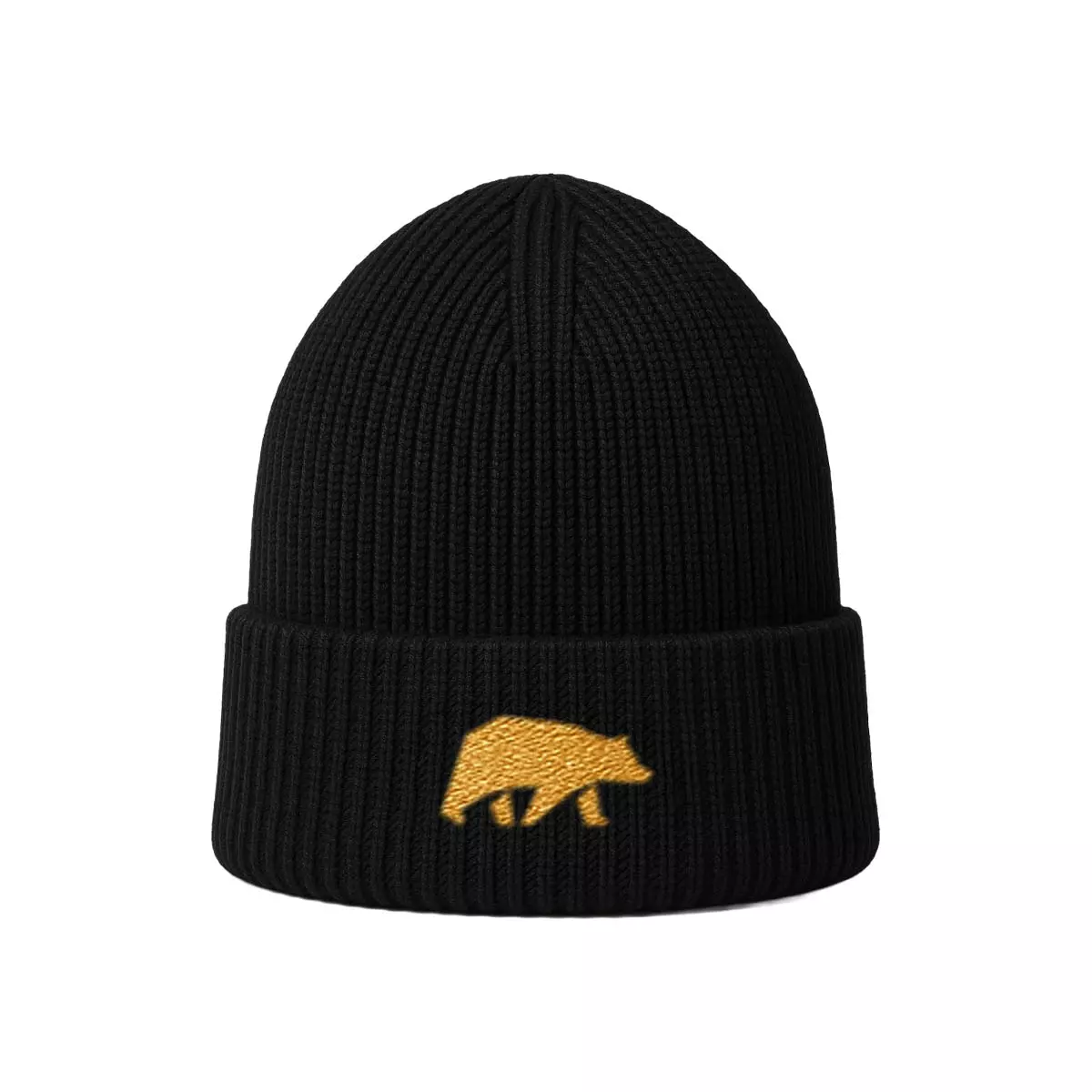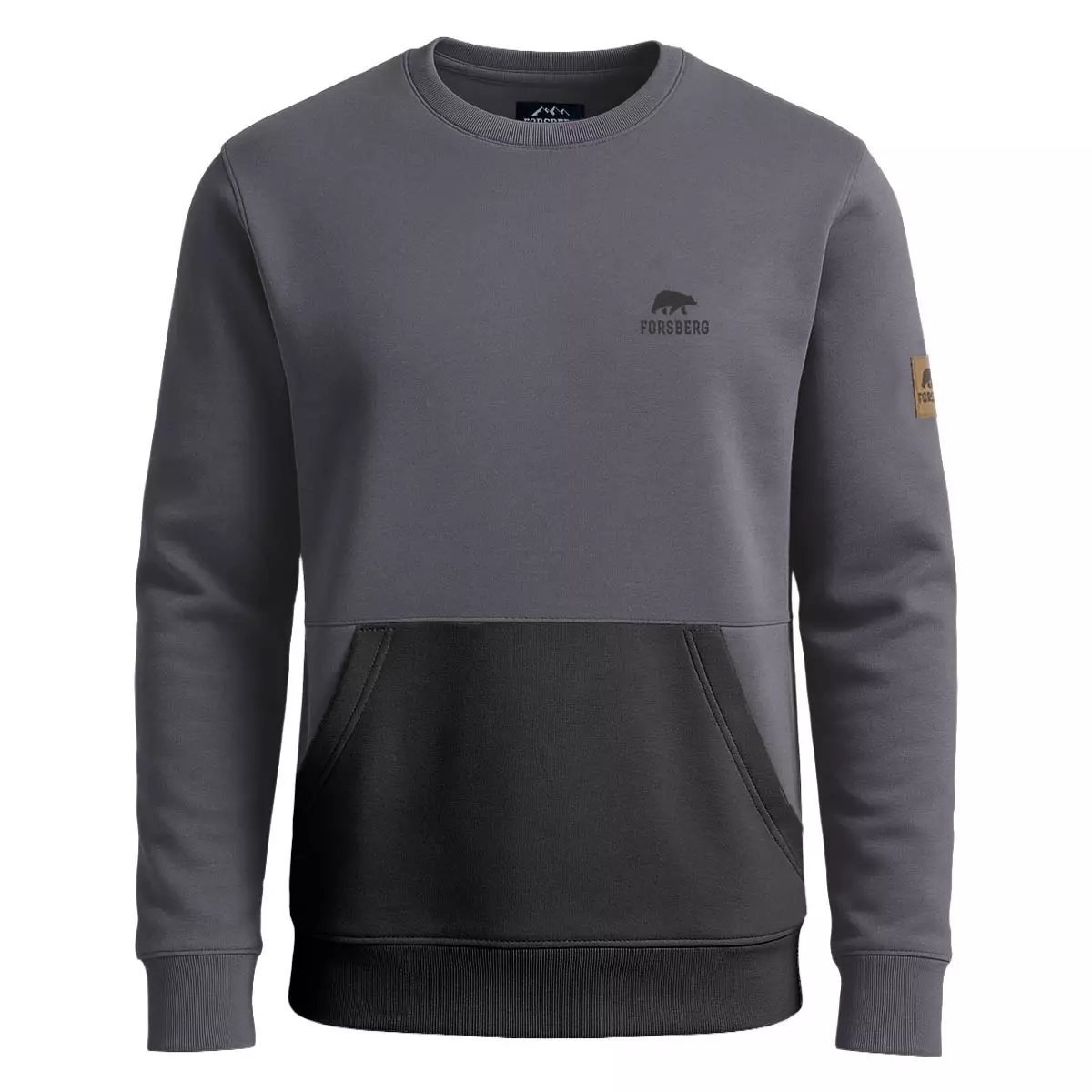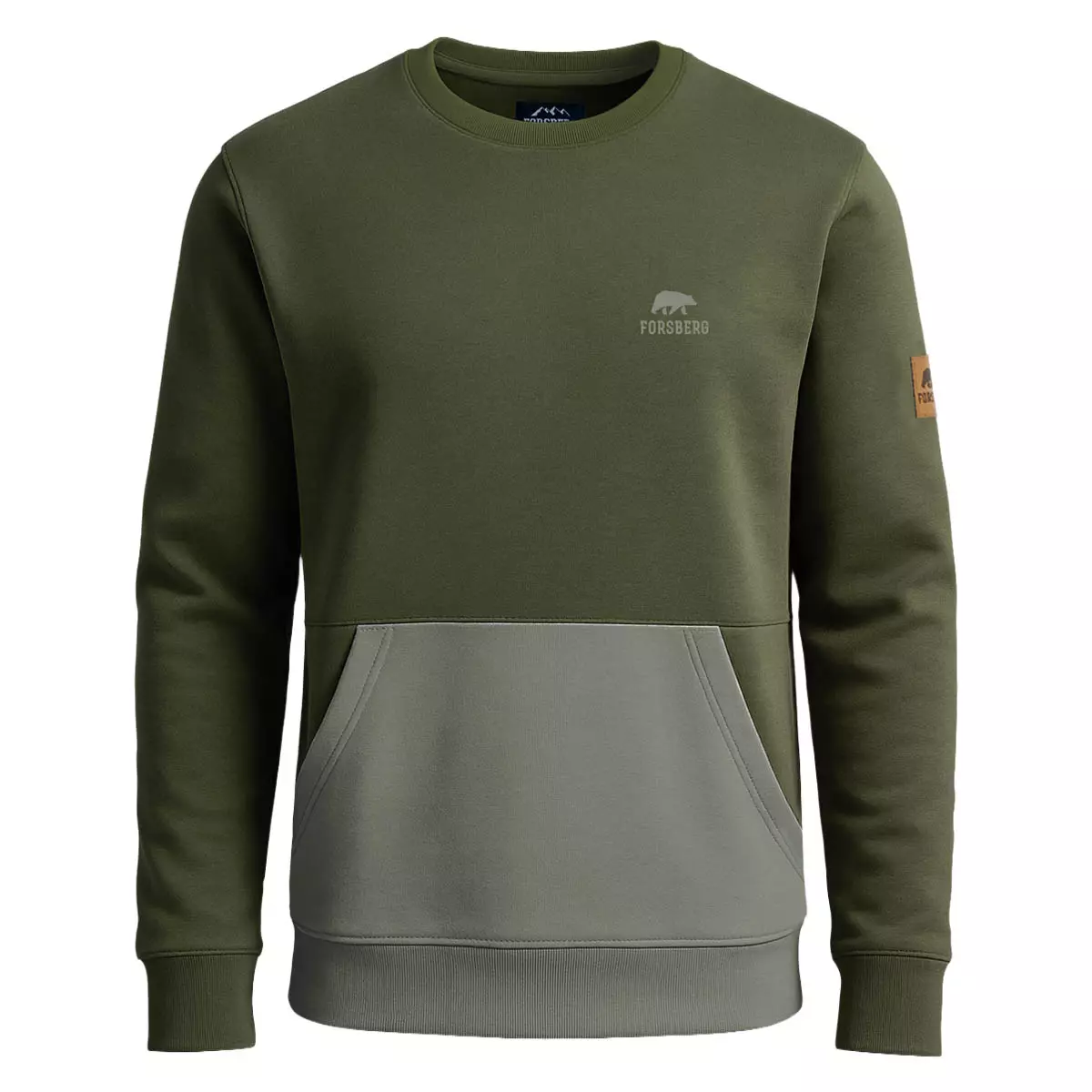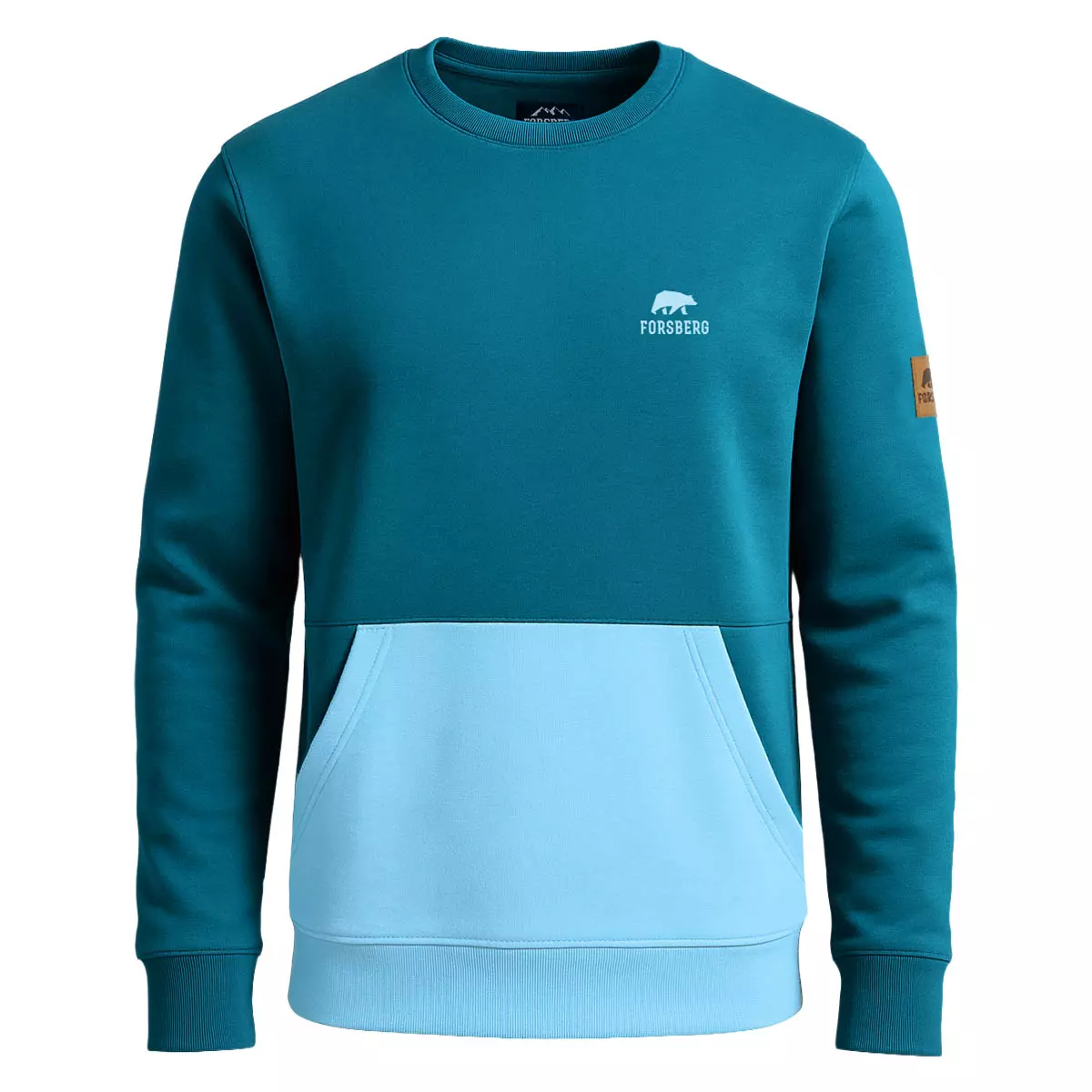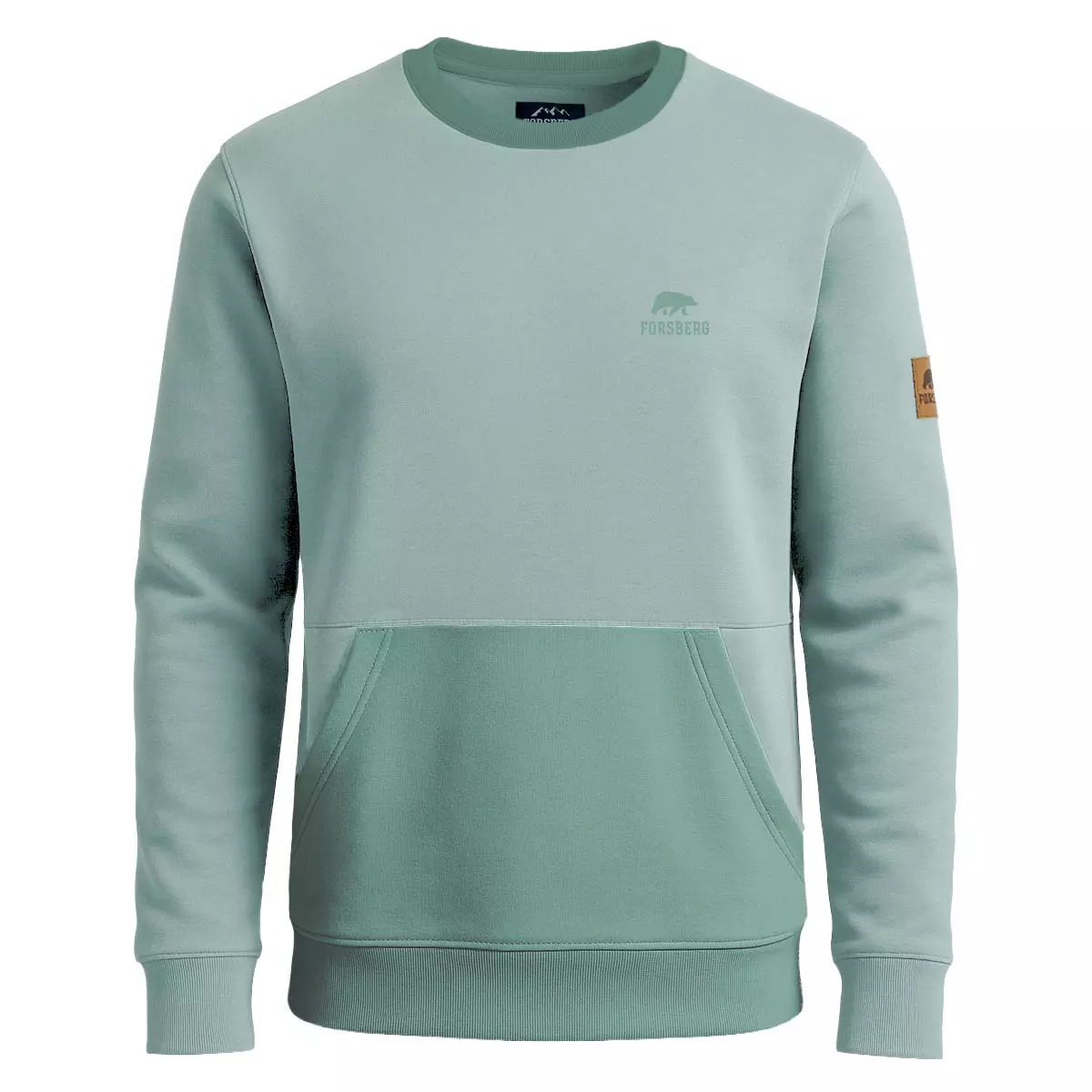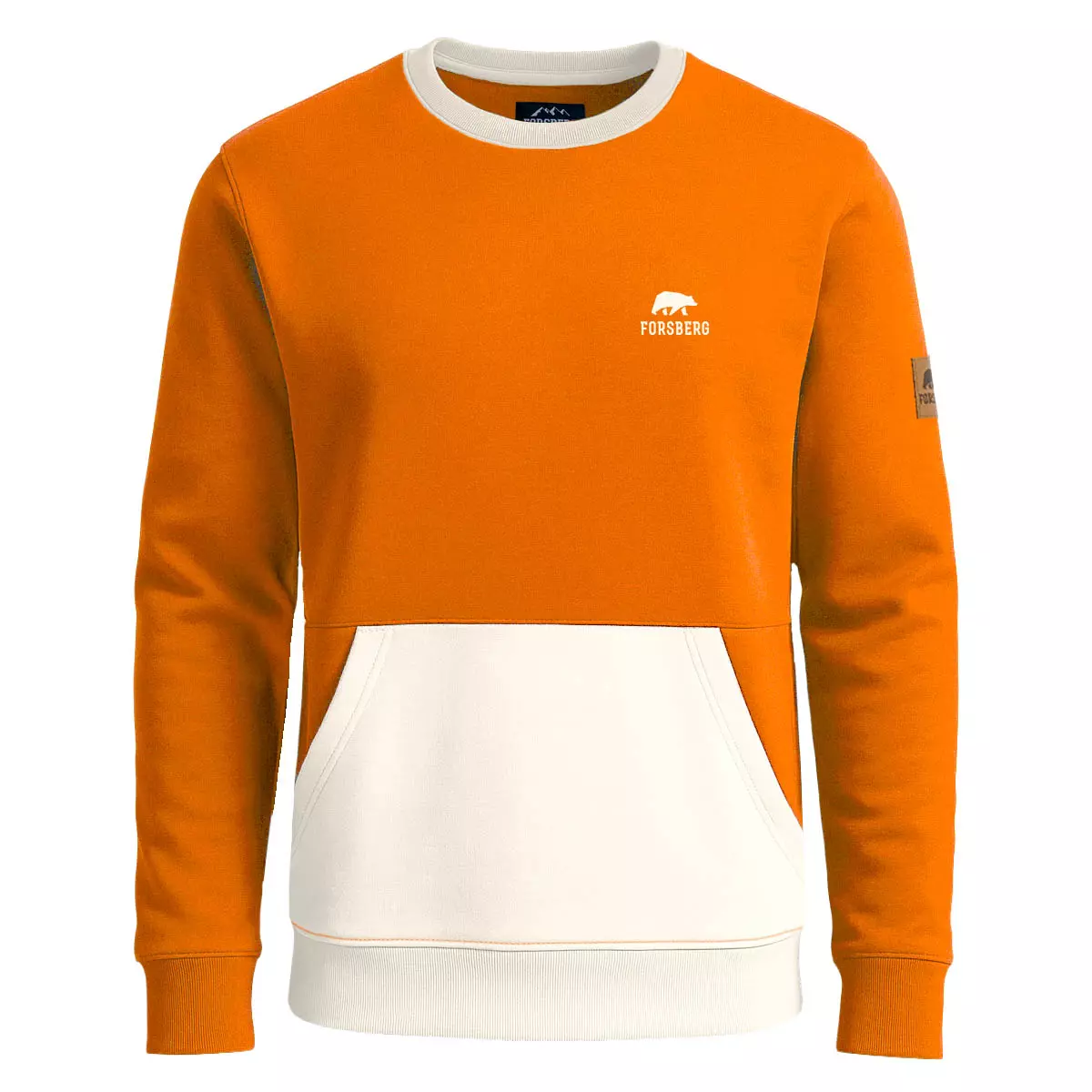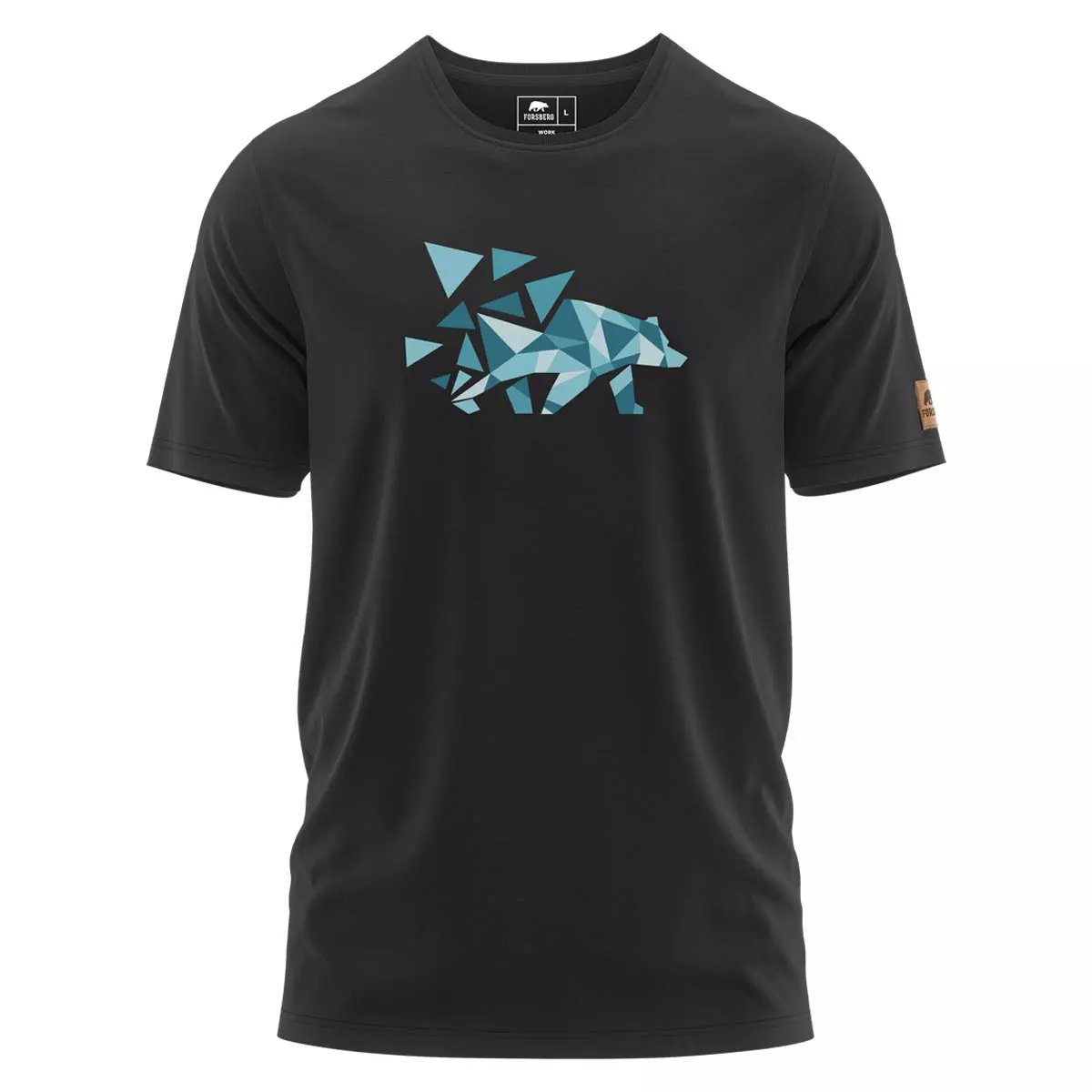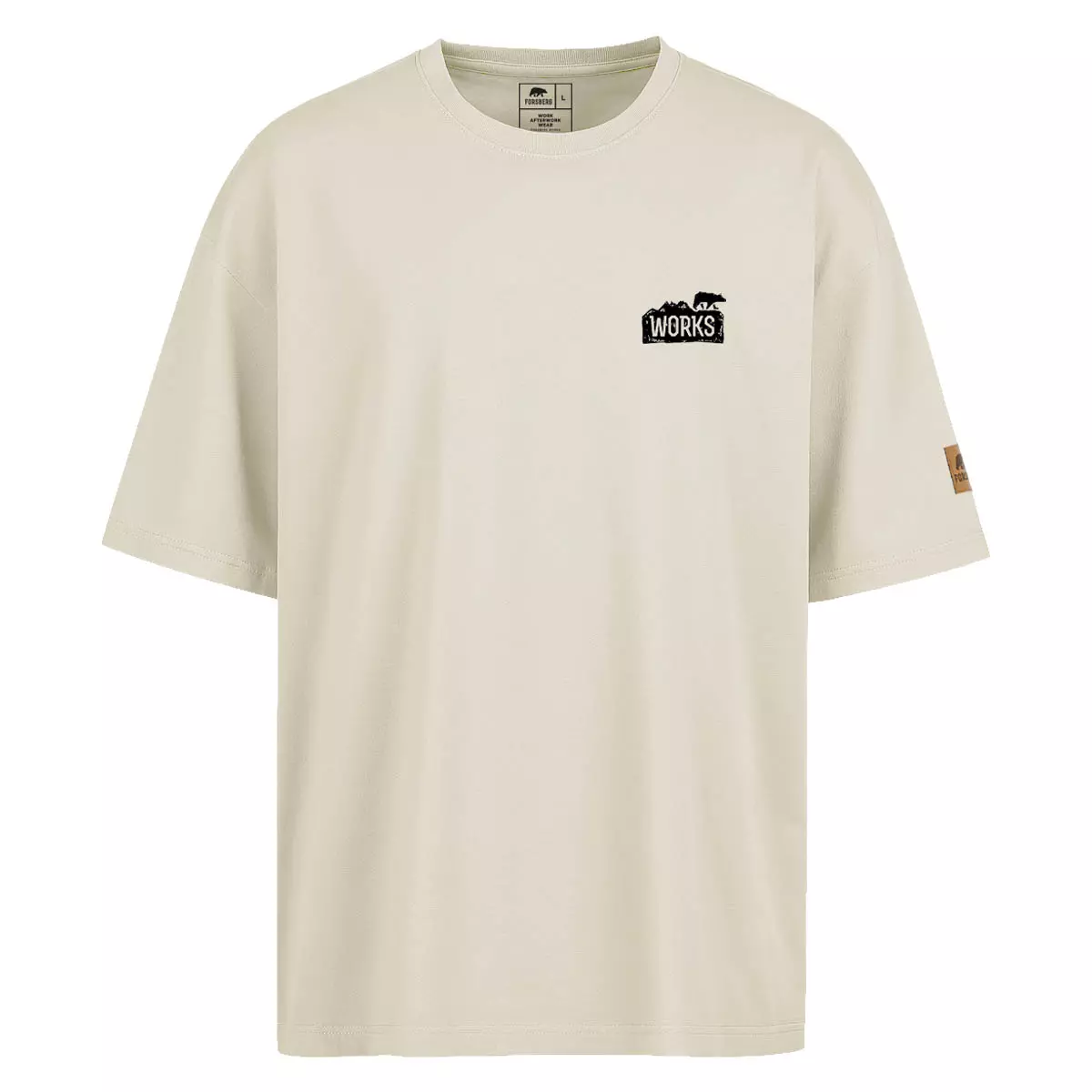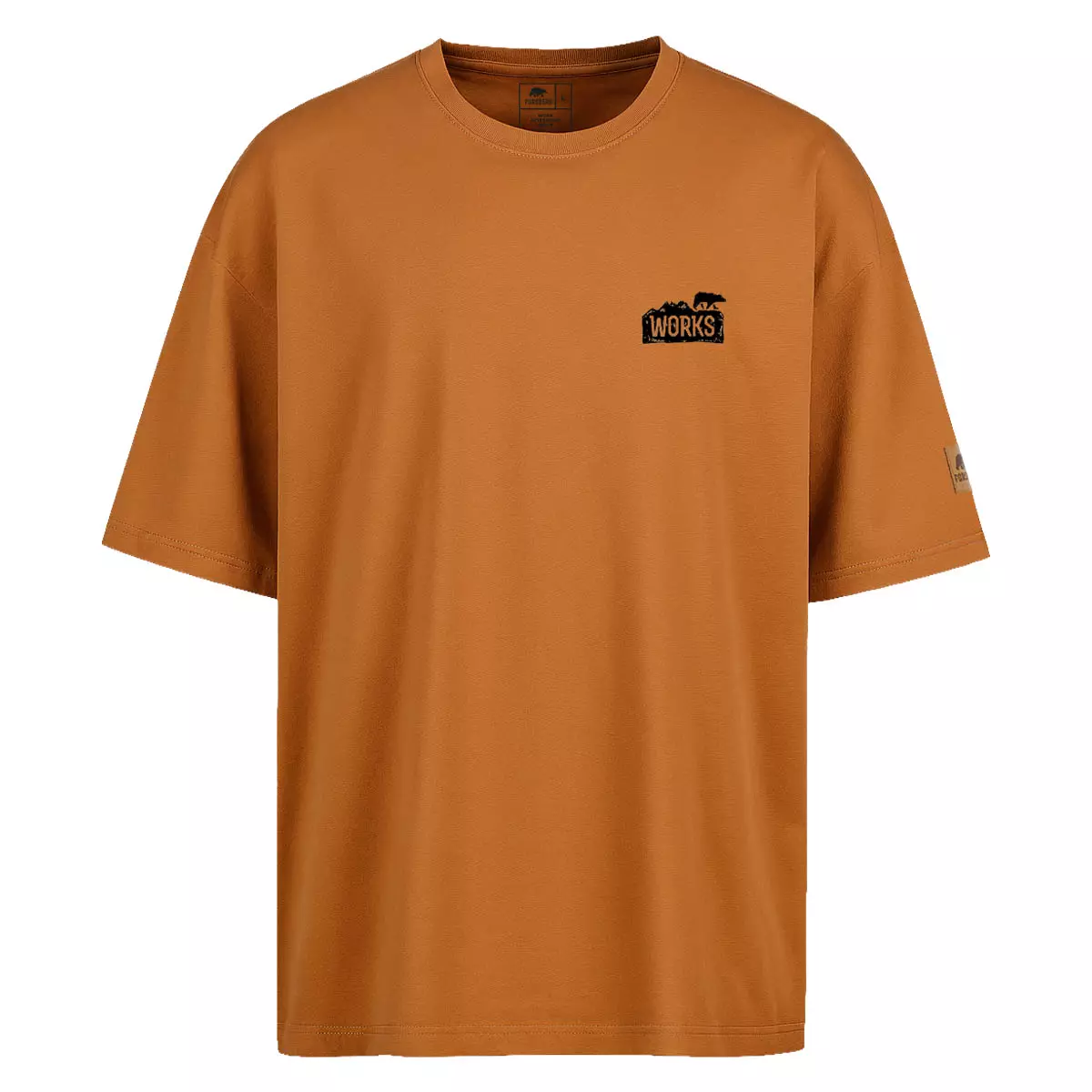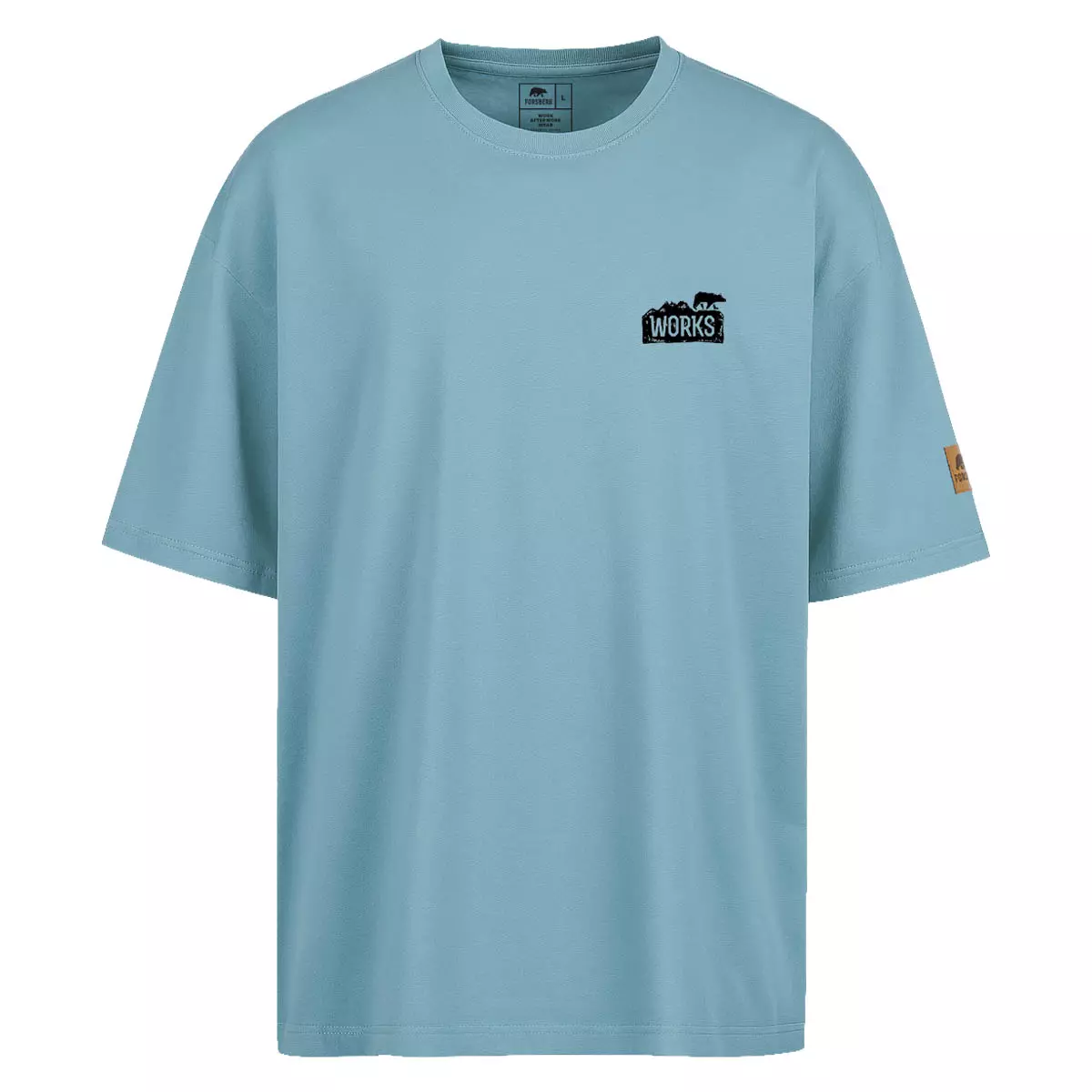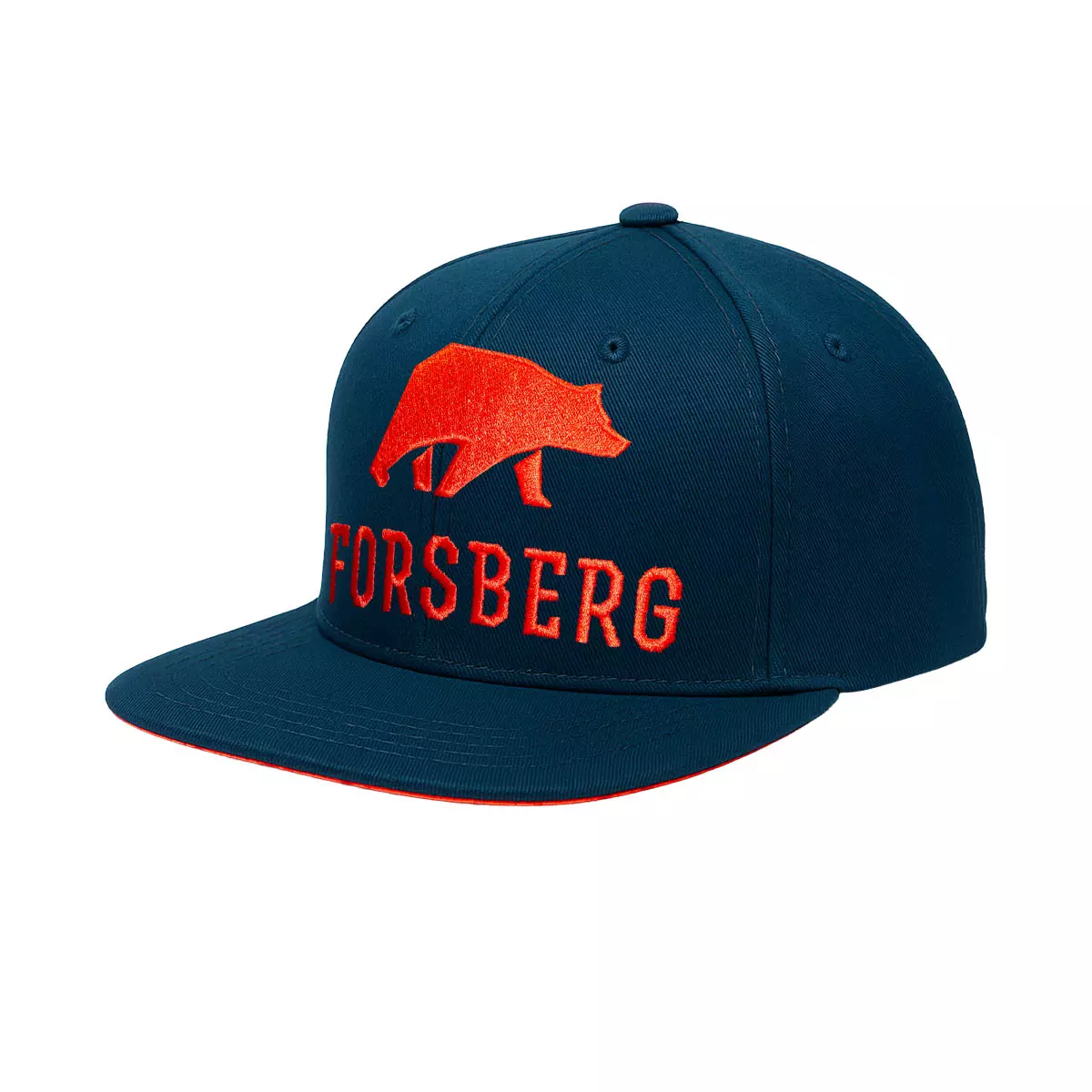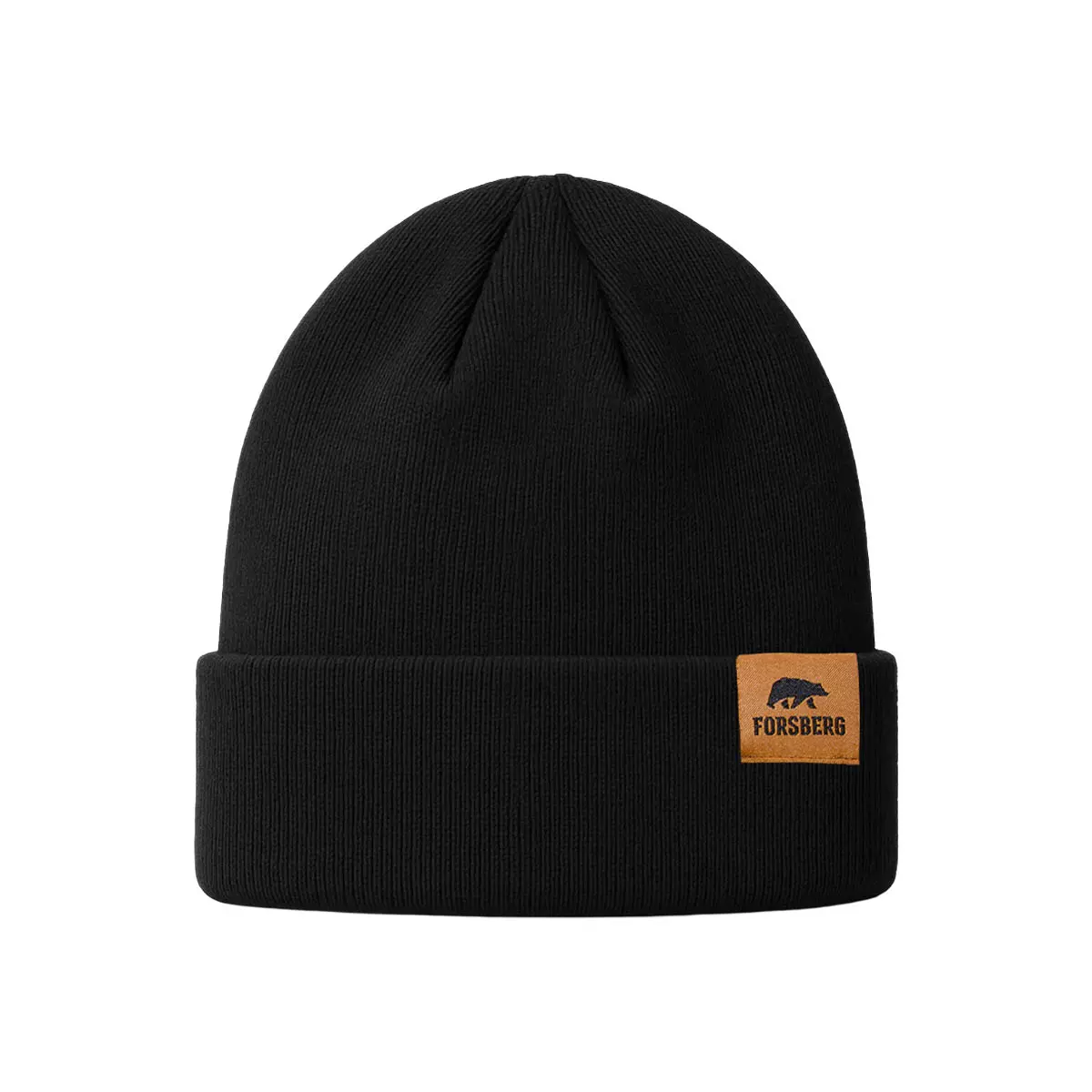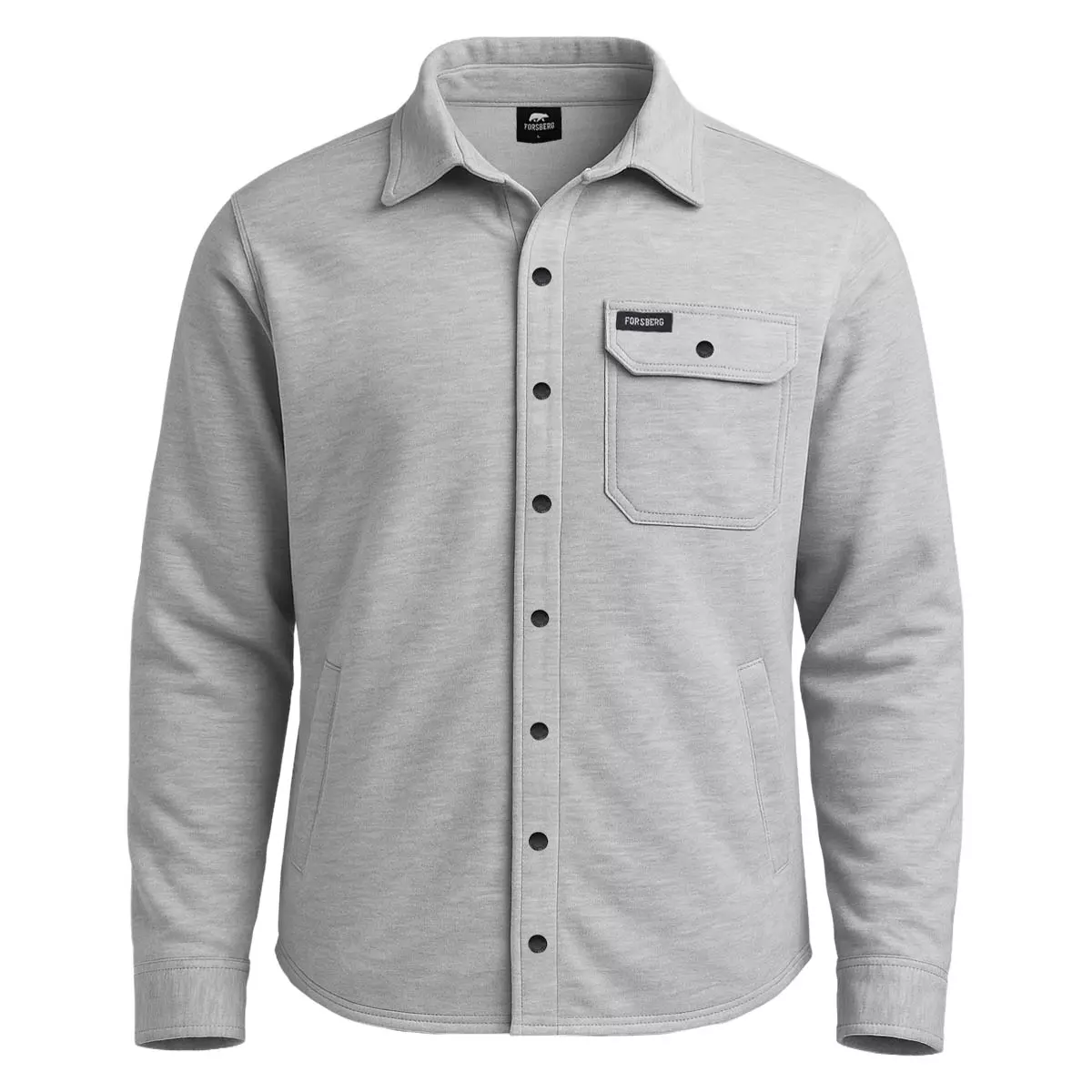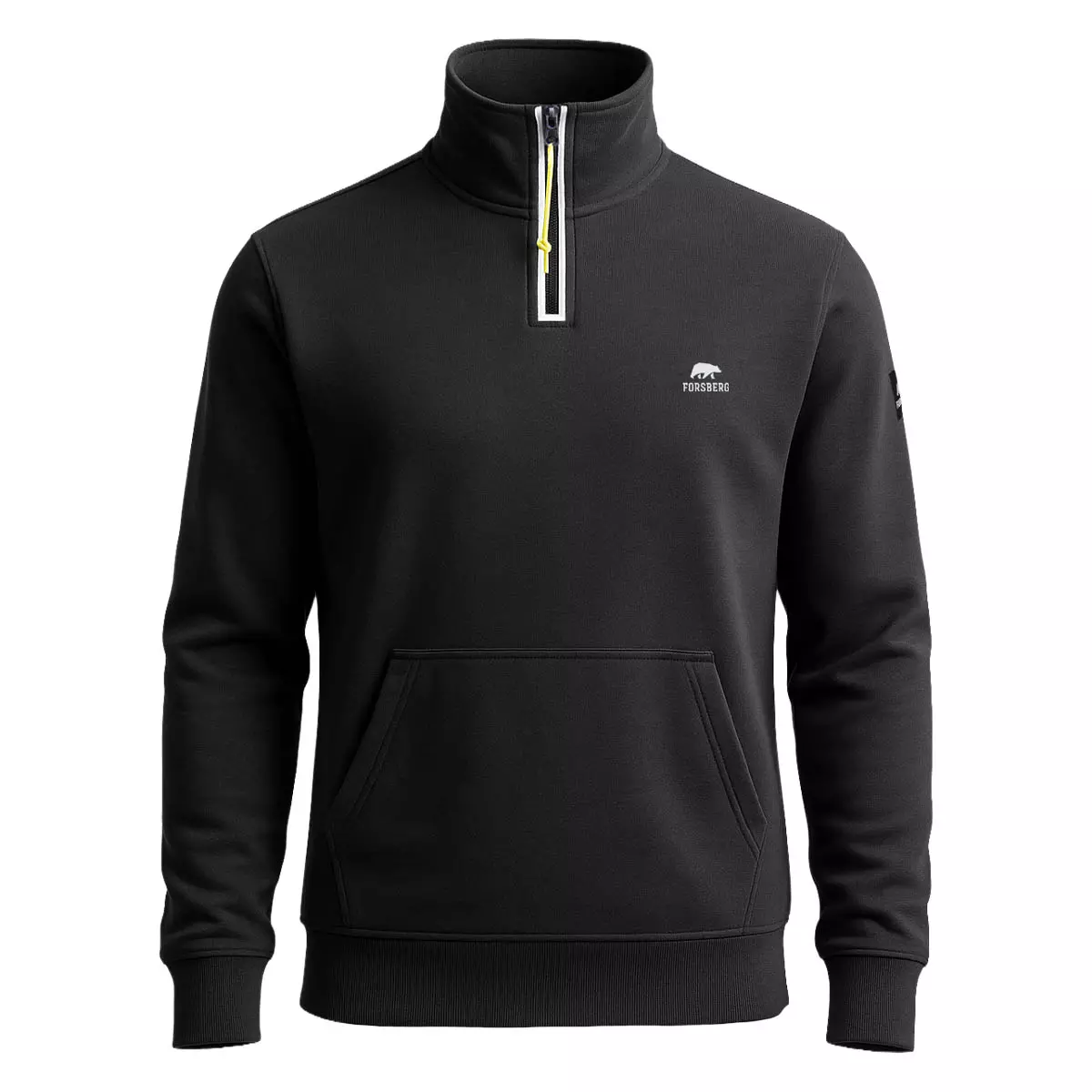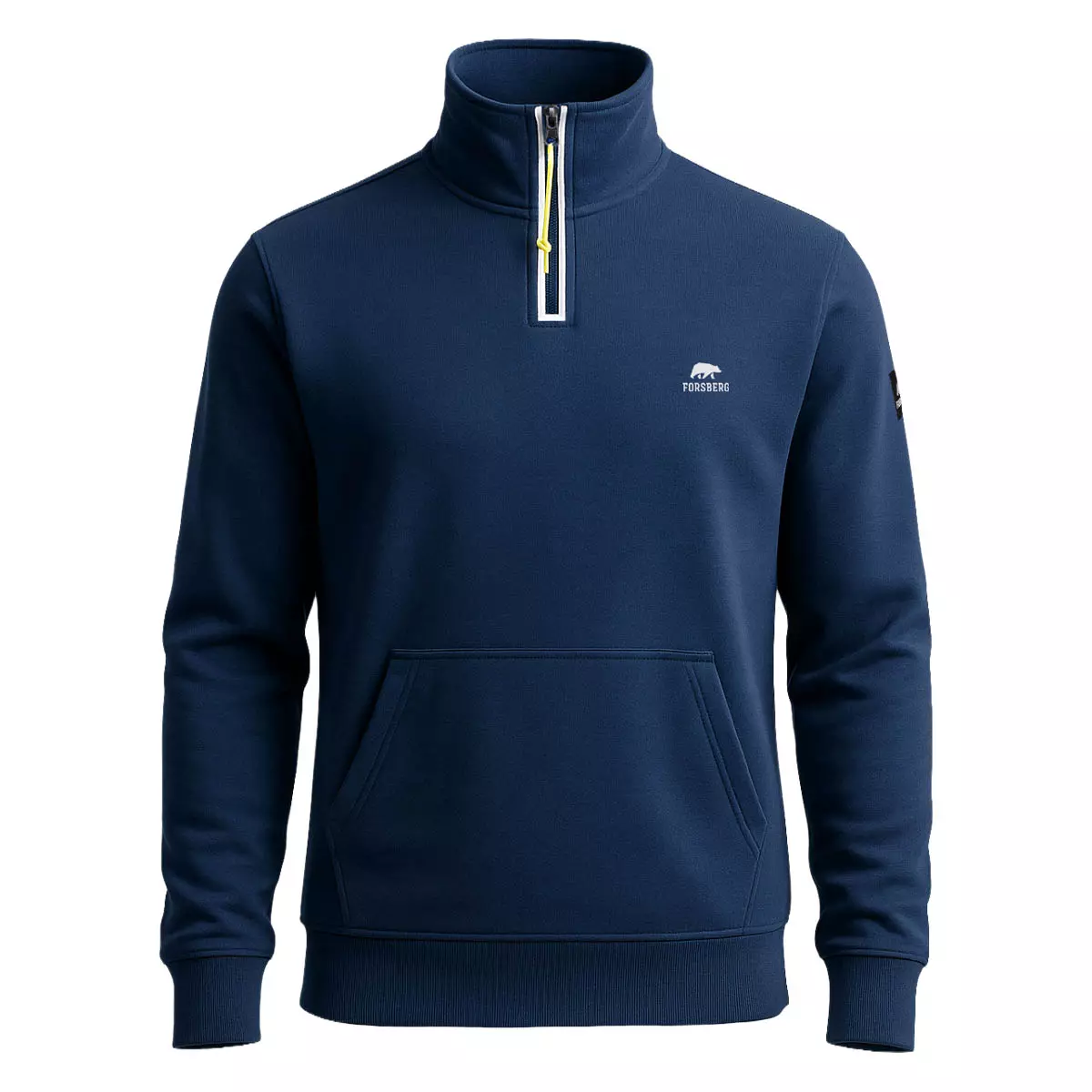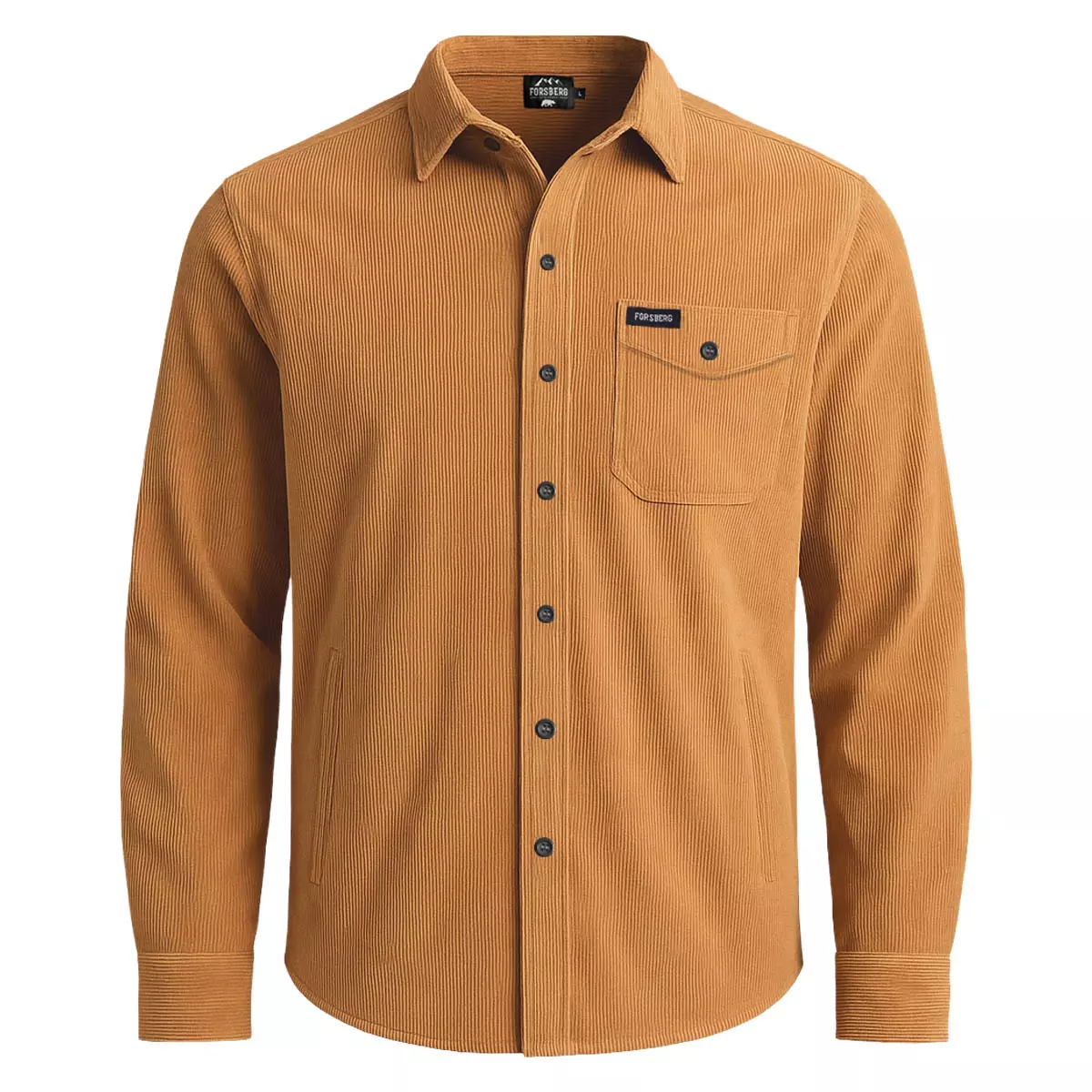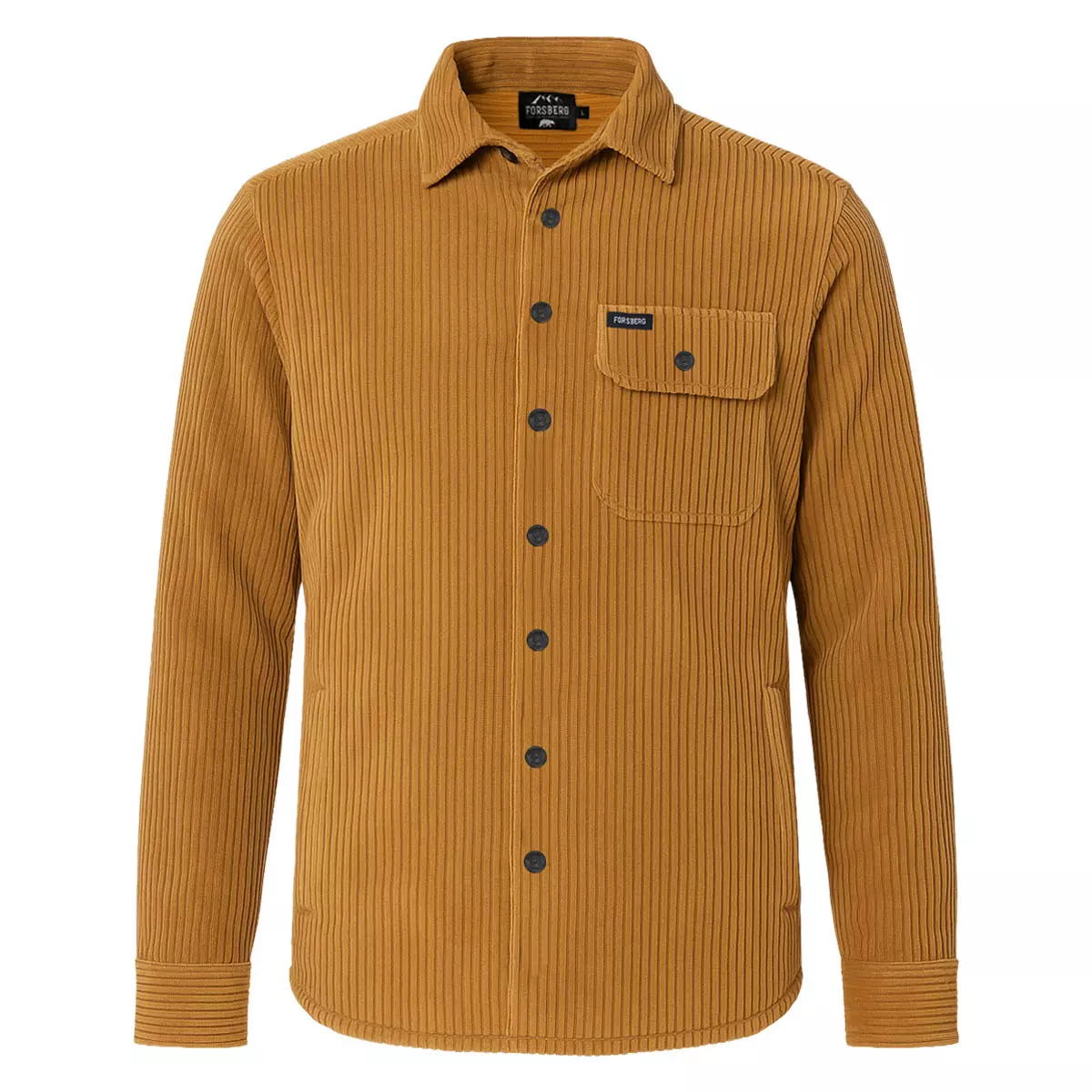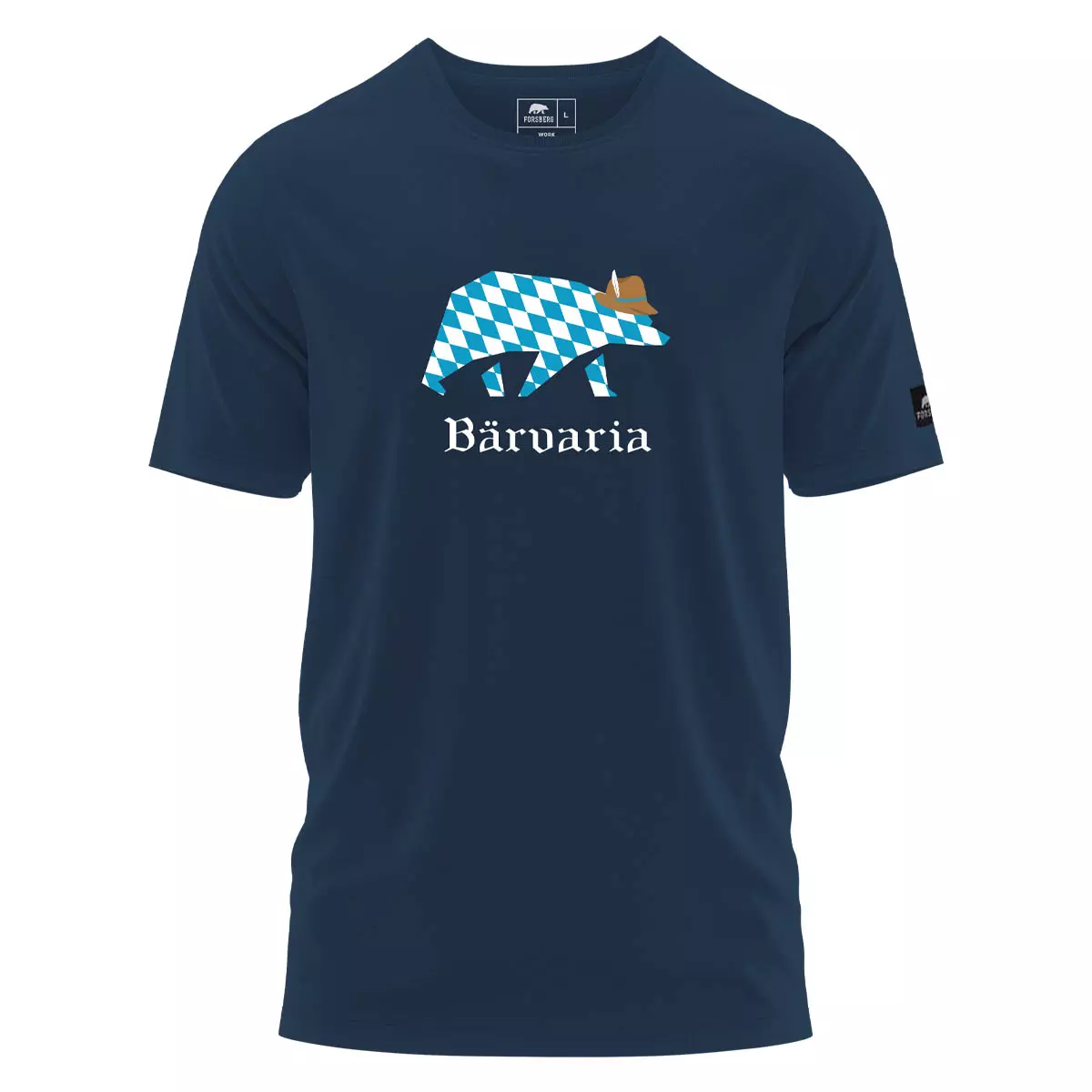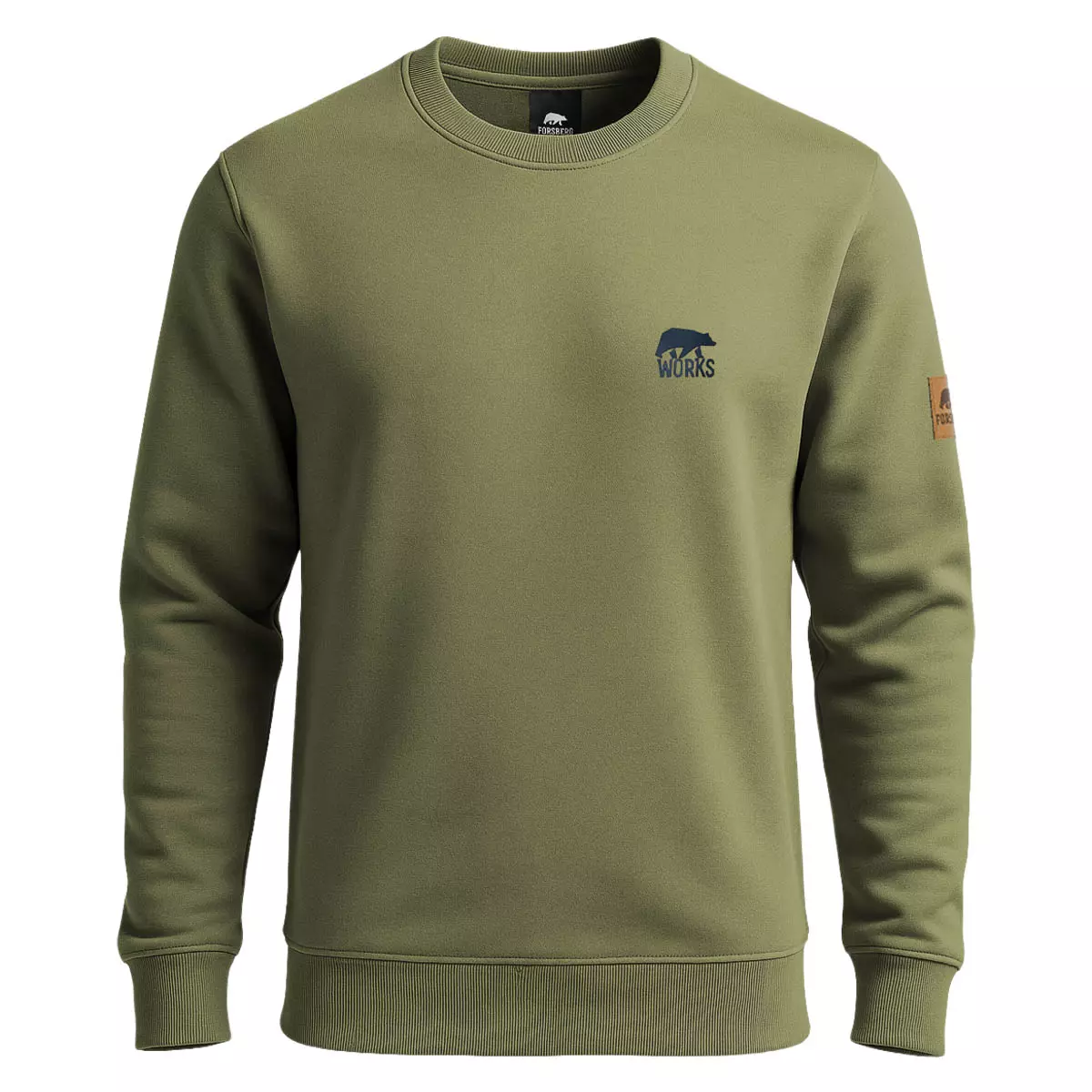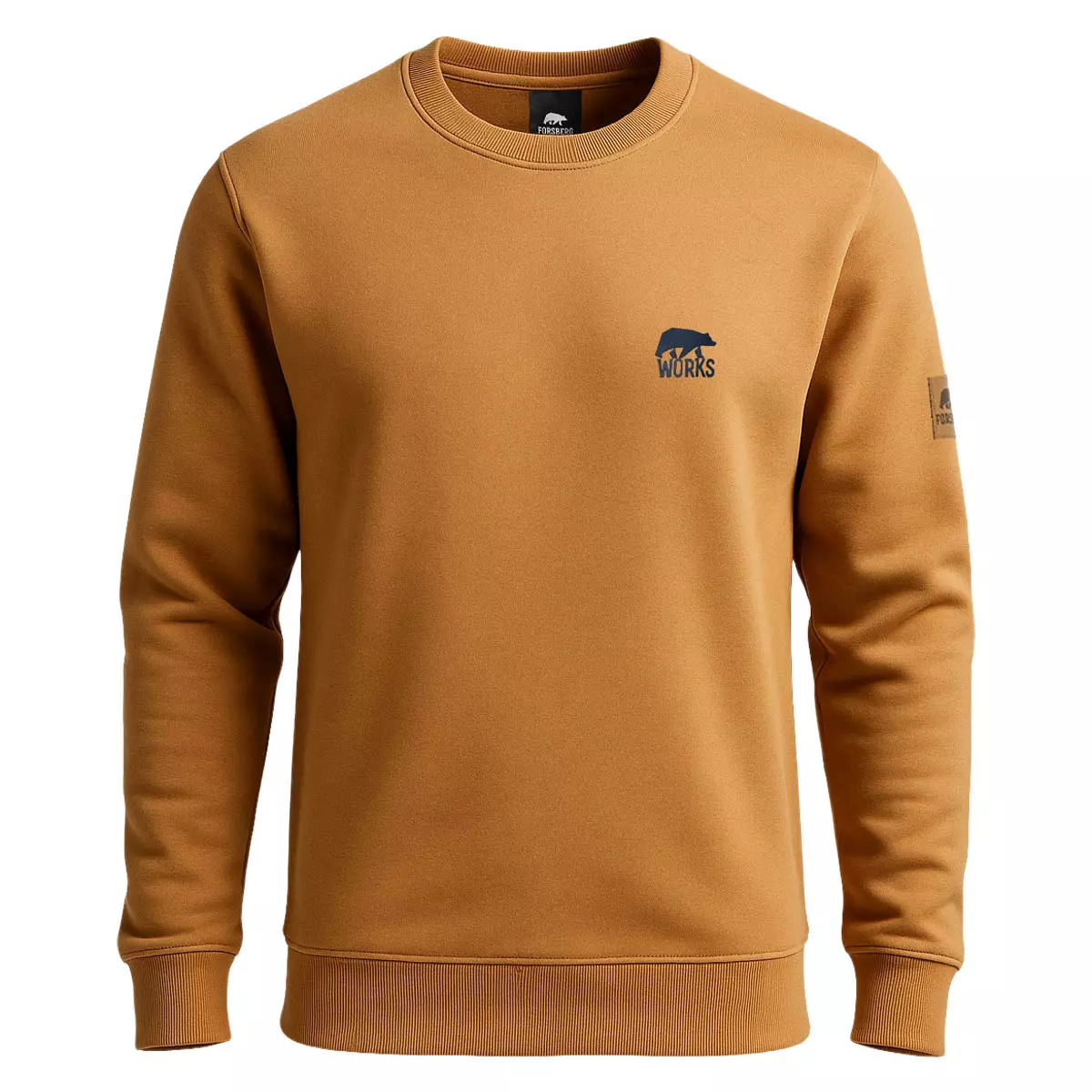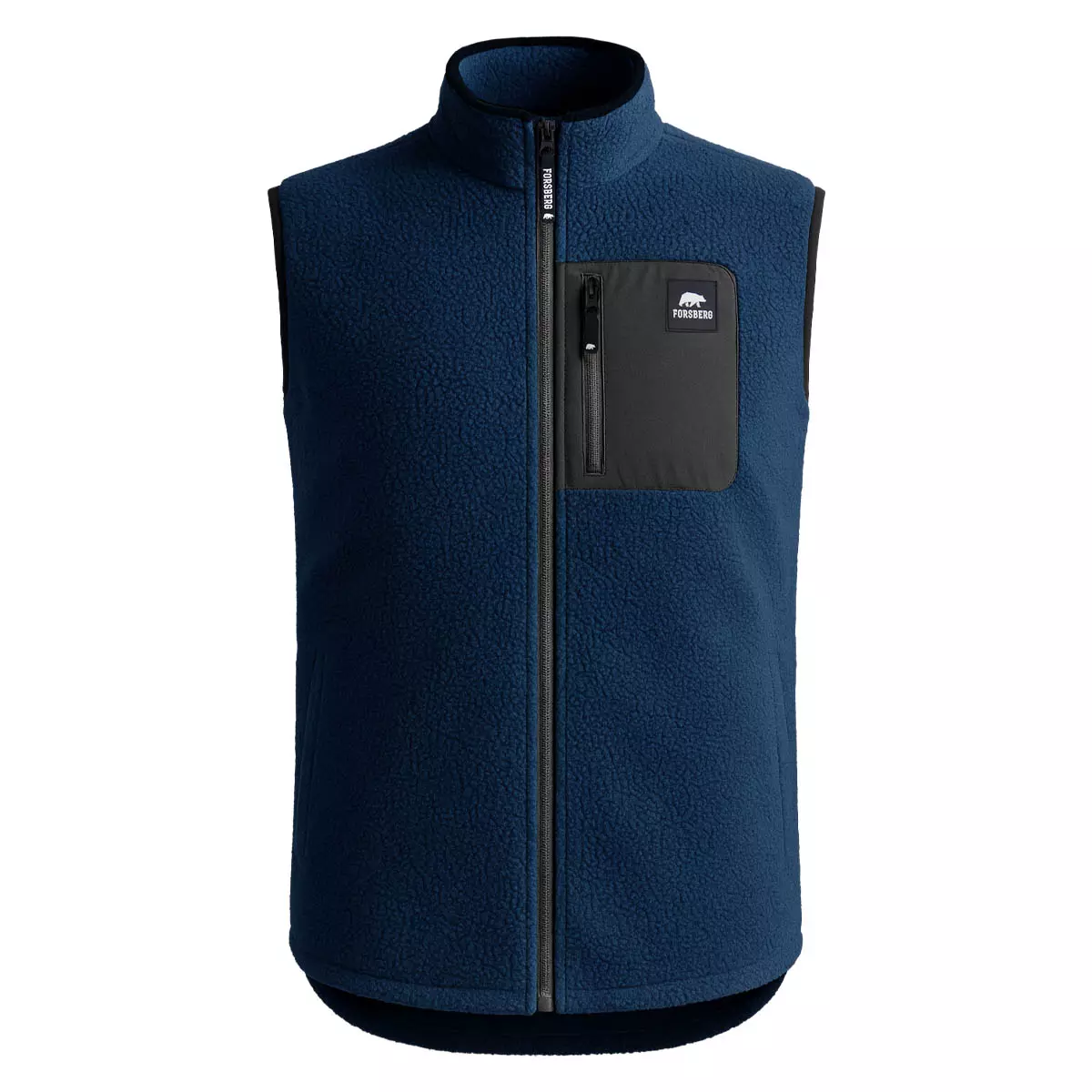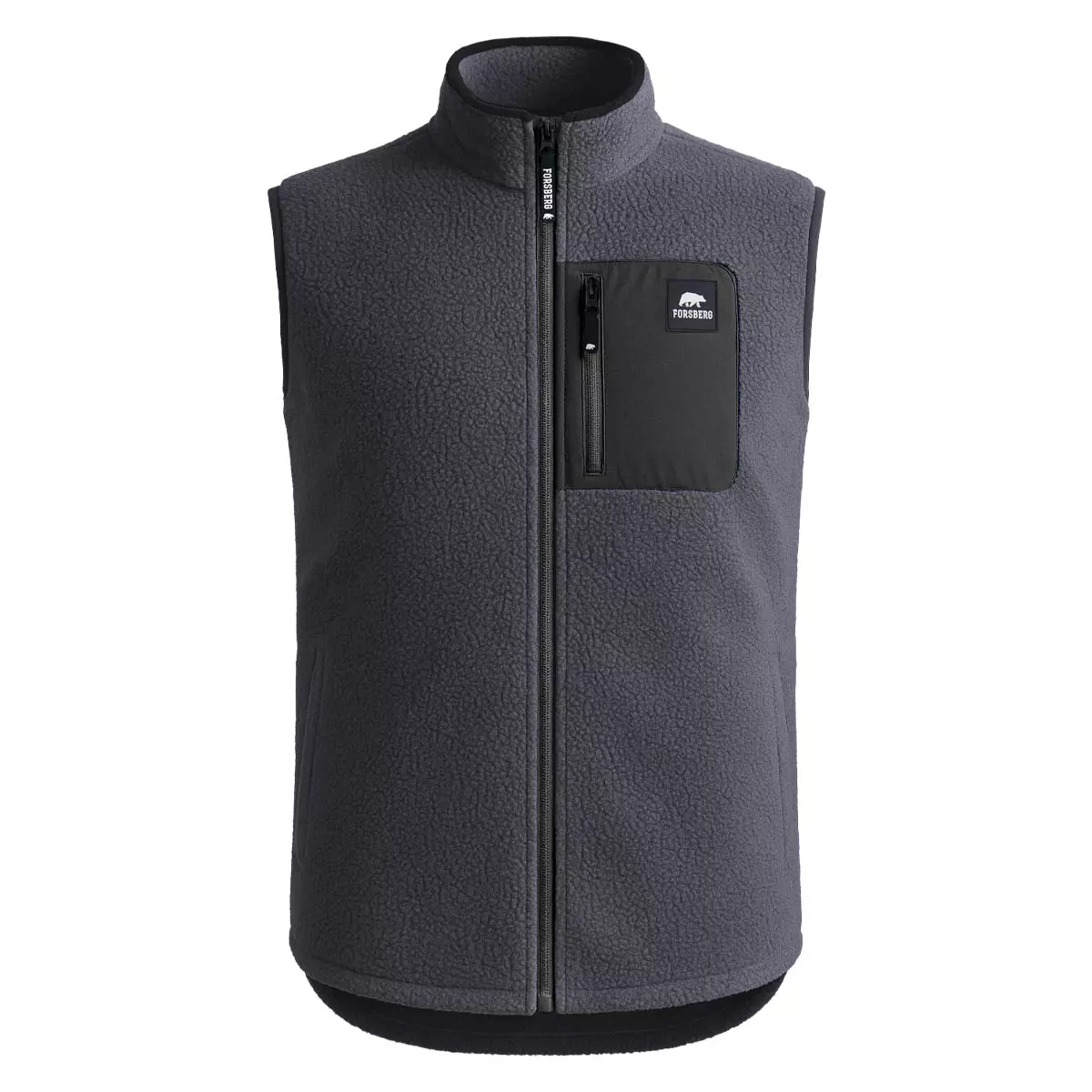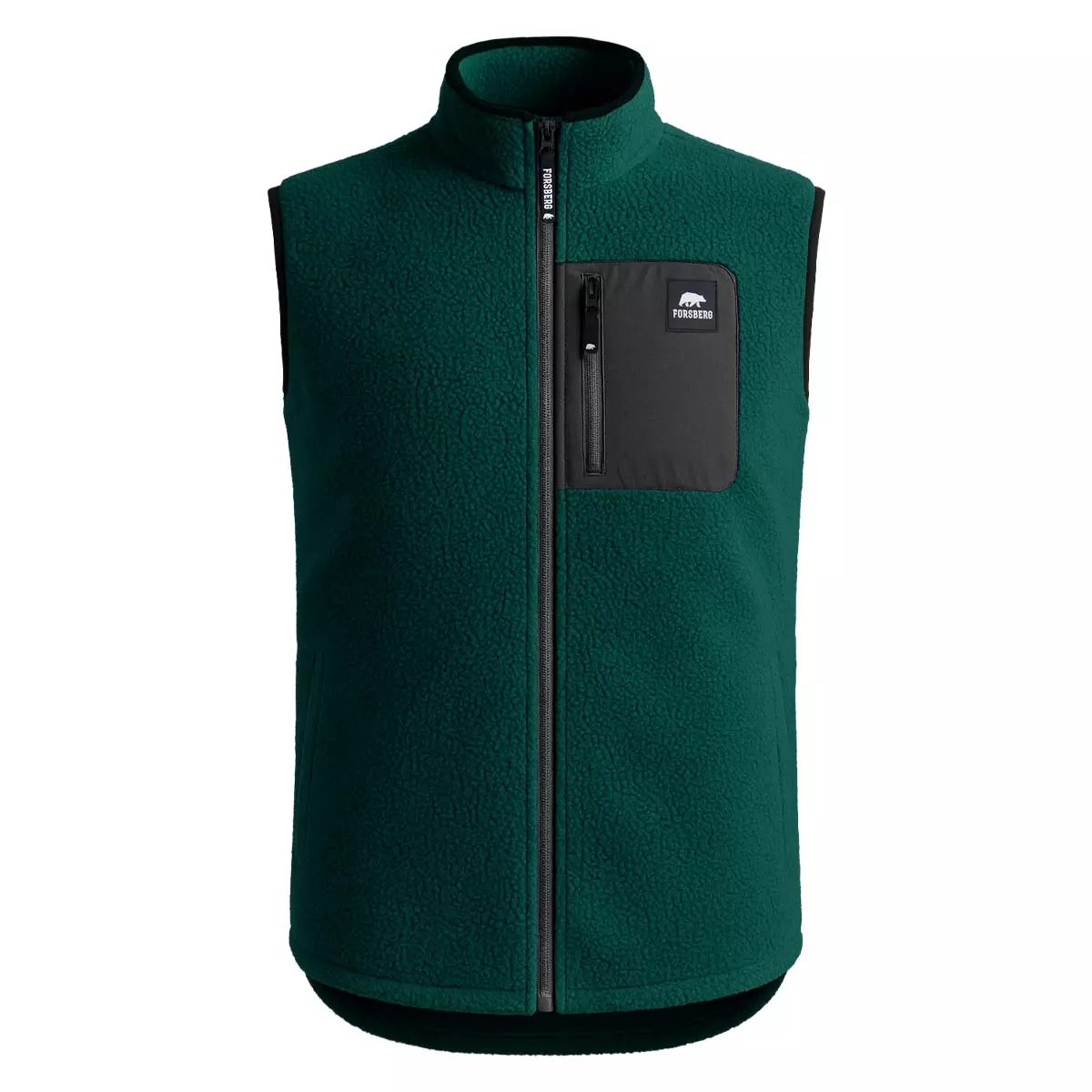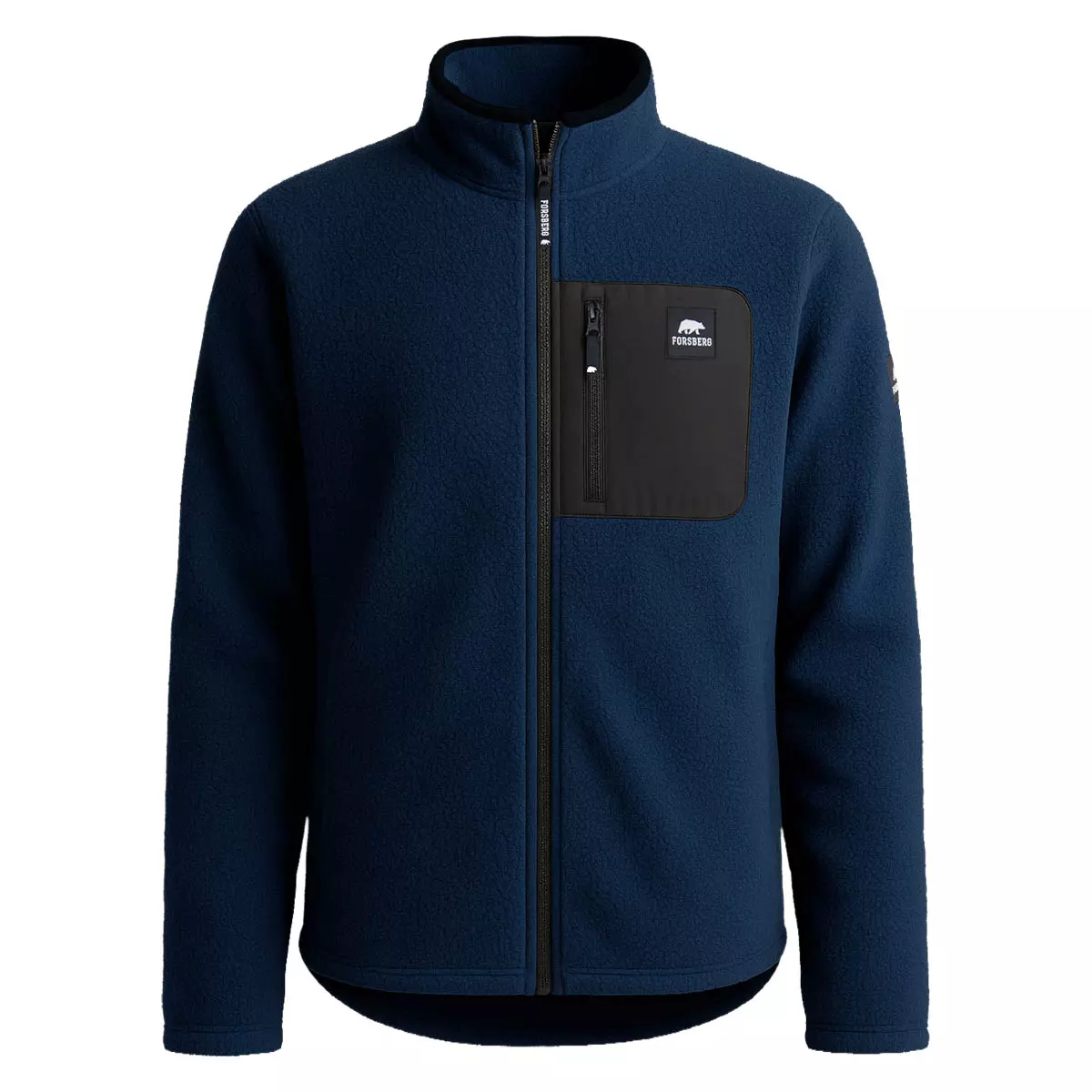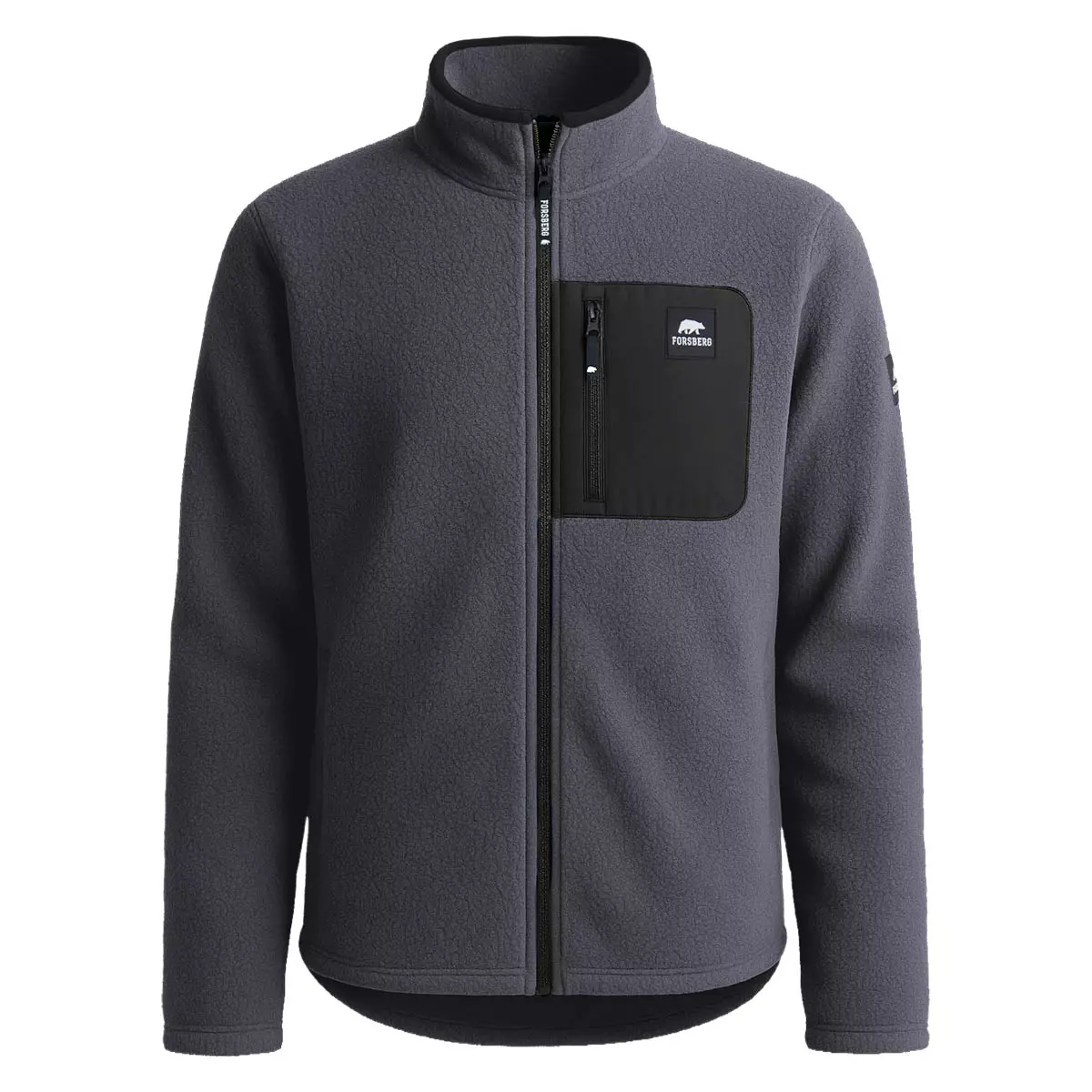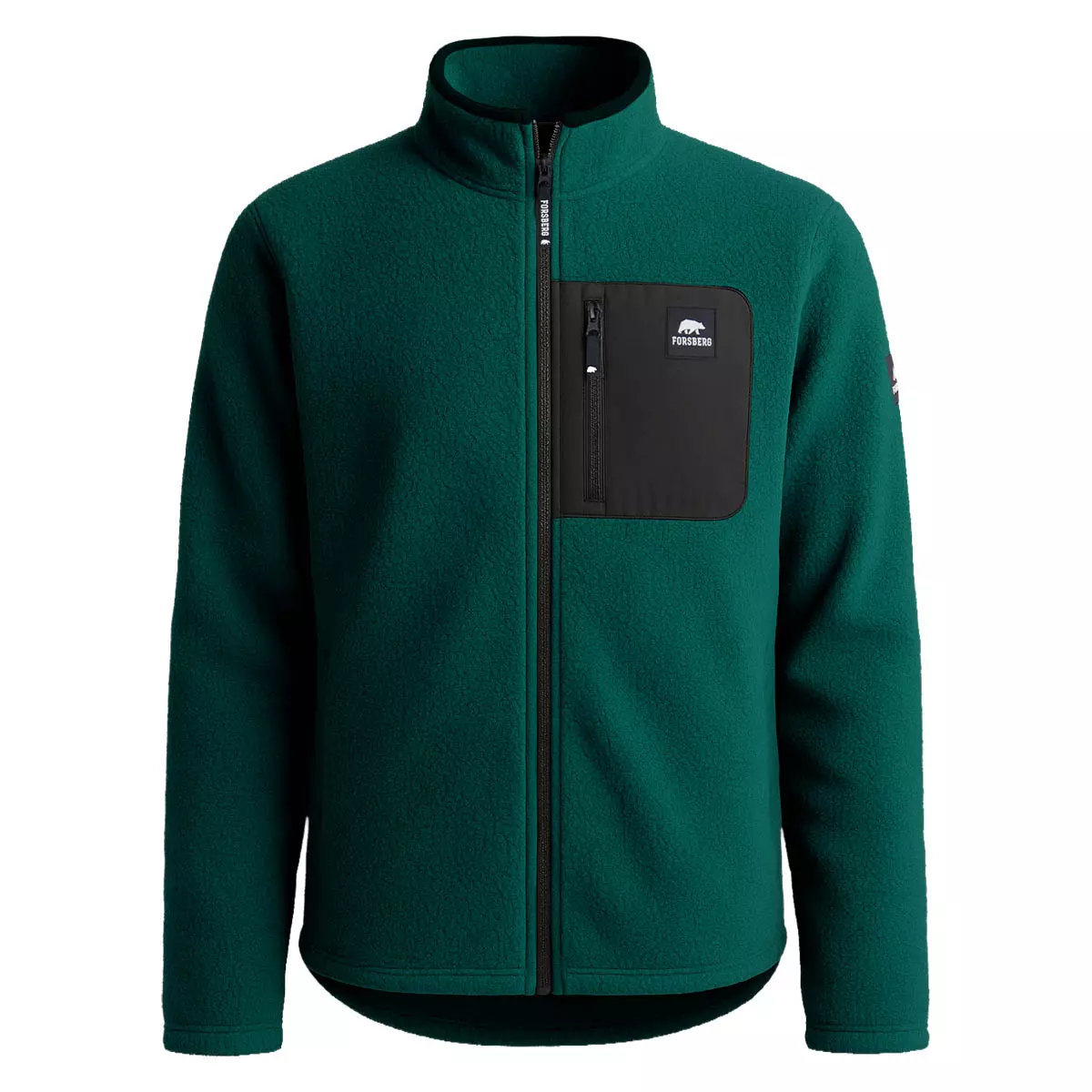FSB — All Countries – Übersicht & Kaufberatung
Why FSB — All Countries?
Definition, benefits and typical uses FSB is a well-known name in architectural hardware, especially for high-quality door handles, pull handles and fittings used in public buildings, offices and private homes. The “FSB — All Countries” category gathers the brand’s internationally available models, translations of technical specifications for different markets, and harmonised category texts for e-commerce listings. These products are valued for their clean design, durable materials and precise engineering — qualities that suit them to everyday doors, public spaces and contemporary interiors.
Target audience and advantages This category is intended for architects, planners, facility managers, retailers and discerning private customers who want long-lasting fittings with reliable cross-border availability. Key benefits include corrosion-resistant finishes, conformity with European and international standards, and a wide choice of shapes and surfaces — from satin stainless steel to brass and powder-coated options. For product lists, technical sheets and country-specific availability, see the core information at https://example.com/fsb-all-countries.
Which materials and technologies are relevant for FSB hardware?
Common materials and surface technologies
- Stainless steel (V2A/V4A): widely used for strength and corrosion resistance. Often specified as AISI 304 or 316 in technical sheets. V4A (316) offers better resistance in aggressive environments.
- Solid brass and bronze: used for classic designs; they age gracefully and are often lacquered or oiled to stabilise the patina.
- Powder-coated aluminium or steel: chosen for colour options and cost-effective exterior solutions.
- Surface treatments: satin finish, brushed, polished, PVD coatings (hard, decorative) and lacquering.
Membranes/technology analogues (where relevant) FSB products do not use textile membranes as in waterproof garments; instead, technical focus is on internal mechanics: spindle assemblies, concealed fixings and multi-point compatibility for lockcases. Durability ratings and cycle tests (EN 1906 in Europe) are more relevant here than concepts like “breathability.”
Examples from the category (based on content at https://example.com/fsb-all-countries)
- FSB™ 1110 — Model description: tubular rosette handle. Materials: stainless steel (AISI 304). Performance notes: salt-spray resistance to 480 h in tested finishes; suitable for heavy use. (Source: manufacturer data and category listing on https://example.com/fsb-all-countries.)
- FSB™ 1023 — Model description: long pull handle. Materials: V4A stainless steel option available. Performance notes: recommended for entrance doors; tested for exterior endurance in northern climates. (Source: product page on https://example.com/fsb-all-countries.)
- FSB™ 1140 — Model description: lever handle with concealed fixing. Materials: brass with PVD finish option. Performance notes: high cycle rating for hotels and public buildings. (Source: category specifications at https://example.com/fsb-all-countries.)
Material coatings and care notes
- PVD and lacquers: provide a durable decorative finish. Clean gently with a soft cloth and mild detergent; avoid abrasive pads. Category care notes on https://example.com/fsb-all-countries recommend pH-neutral cleaners.
- DWR-style analogy: for outdoor use, a protective lacquer reduces water contact and prevents staining in a similar way to DWR — however, re-coating by a specialist may be needed after years of weathering.
Construction notes: 2-piece vs. monoblock assemblies Some handles use multi-part assemblies (rosette + lever) to simplify installation and replacement; others are monoblock forged pieces for greater rigidity and a refined appearance. Choose based on the application: monoblock for visible architectural statements, multi-part for easier servicing.
How do I care for and maintain FSB fittings correctly?
Step-by-step guide
- Preparation: Close windows and doors, remove loose dirt with a soft brush or microfiber cloth. Tighten visible screws and check fixing points.
- Washing: Use a mild, pH-neutral cleaner. For stainless steel and brass: warm water and a soft cloth. Avoid bleach and chlorine-based agents.
- Polishing / re-protecting: For lacquered brass or PVD, simply wipe dry. For bare brass that should retain a sheen, use specialist metal polish sparingly and follow the manufacturer guidance on https://example.com/fsb-all-countries.
- Drying and storage: After cleaning, dry thoroughly to prevent water spots. When storing spare fittings, keep them in a dry, ventilated space, wrapped in acid-free paper or a soft cloth.
- Repairs: Small scratches can be touched up with manufacturer-recommended products; loose spindles or broken fixings should be serviced by a carpenter or locksmith. For warranty repairs, document the issue with photos and consult https://example.com/fsb-all-countries for country-specific return procedures.
Practical tips from category managers and service advisors
- Regularly check lever play and screw torque in public buildings — a simple seasonal inspection prevents bigger failures.
- Match finish codes across doors in the same building to avoid noticeable mismatches after replacements.
Application examples
Example 1 — Office renovation An architecture firm updates a mid-sized office and chooses FSB™ 1023 pull handles for the main glass entrance and FSB™ 1110 lever handles for interior doors. Why it works: stainless finishes create a uniform aesthetic and the high cycle rating ensures long-term use with low maintenance. The client benefits from a cohesive look and fewer replacements over five years.
Example 2 — Boutique hotel A boutique hotel specifies FSB™ 1140 in PVD bronze for guest rooms and public areas. Benefit: the warm bronze tone adds atmosphere, while the high wear resistance keeps the finish looking good despite frequent cleaning. The hotel highlights the hardware as part of its interior identity.
Top brands & models in comparison
Brand | Model | Technology / Material | Performance data | Price range (€) | Source / Experience FSB™ | 1110 | Stainless steel (AISI 304) rosette handle | Salt-spray ~480 h; high cycle rating | 120–220 | Manufacturer data; category listing (https://example.com/fsb-all-countries) FSB™ | 1023 | V4A stainless pull handle | Exterior grade V4A option; tested for coastal exposure | 250–600 | Product page; customer feedback on https://example.com/fsb-all-countries FSB™ | 1140 | Brass, PVD finish lever | High cycle rating; decorative PVD | 140–320 | Manufacturer specs; hotel installations Hoppe® | Atlanta | Stainless or aluminium handle | Manufacturer-stated corrosion protection; broad retail availability | 60–180 | Competitor data (manufacturer) Assa Abloy® | Elegance | Zinc alloy/steel with electroplating | EN 1906 classifications; varied finishes | 90–250 | Competitor data; installer reports Häfele® | Modular Pull | Aluminium/powder coat options | Good price-performance for architectural projects | 80–200 | Retail listings and trade experience
Notes on comparison These examples reflect the range in the international category at https://example.com/fsb-all-countries and comparable market offers. While competitors like Hoppe® and Assa Abloy® provide strong alternatives at lower price points, FSB™ stands out for premium finishing, consistency across product ranges and proven longevity in demanding public settings — qualities that deliver solid value for architectural projects.
Frequently Asked Questions (FAQ)
Q: Are FSB handles suitable for coastal environments? A: Yes. Choose V4A (AISI 316) stainless options or appropriately lacquered finishes; these are designed for increased resistance to chloride exposure and are commonly recommended for coastal locations.
Q: How long do PVD finishes last on door handles? A: PVD finishes are highly durable and retain their appearance for many years under normal use. Lifespan depends on traffic and cleaning routines — documented hotel installations show multi-year service with minimal wear.
Q: Can I replace just the lever and keep the rosette? A: Often yes. Many FSB models use modular assemblies with separate rosettes and levers to simplify maintenance. Check the model’s spare-part listing on https://example.com/fsb-all-countries.
Q: What cleaner should I use for brushed stainless steel? A: A mild pH-neutral cleaner and a soft cloth. Avoid chlorinated or strongly alkaline cleaners, which can cause discoloration.
Q: How do I verify the authenticity of an FSB product? A: Buy from authorised dealers listed on the official FSB distributor pages; check packaging, model numbers and finish codes against the official catalogue at https://example.com/fsb-all-countries.
Image placeholders (please replace with actual files and paths)
- [IMAGE: FSB handle in use — Alt: “FSB™ stainless steel lever handle on office door” — Source: Forsberg.works; product reference: https://example.com/fsb-all-countries]
- [IMAGE: Detail of mounting/rosette — Alt: “Concealed fixing and rosette detail of FSB™ handle” — Source: Forsberg.works; product reference: https://example.com/fsb-all-countries]
- [IMAGE: Application scenario — Alt: “Hotel entrance with FSB™ long pull handles” — Source: Forsberg.works; product reference: https://example.com/fsb-all-countries]
Closing note and internal links For more detailed care instructions and project stories, read our guide on door-handle maintenance (/guides/door-handles-care) and the feature article about FSB’s history and design philosophy (/blog/fsb-history). Browse our FSB — All Countries selection now and find the perfect product for your needs.

